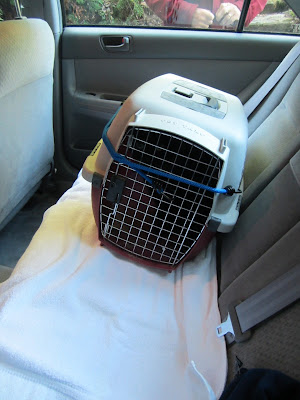Kensington Roof Gardens, London, English, ca 1940
This black & white real photo postcard of the Derry & Toms (Kensington) roof gardens has no date but the clothing and hairstyles suggest a date around 1940. D.F. & S Ltd. of London published it for Derry & Toms. The blurb on the reverse side states that these are the only gardens in the world of such dimensions at so great a height, 1.5 acres at 100 feet above ground. The soil is 2. 5 feet deep with water pumped from two wells 400 feet deep.
Designed by Welsh landscape gardener Ralph Hancock the gardens were built between 1936 and 1938. It was partly because of his success with a rock and water garden designed for HRH Princess Victoria in 1927 that he was chosen to design the gardens at Rockefeller Center in New York constructed between 1933 and 1935. When Trevor Bowen, managing director of the department store, saw the Rockefeller gardens he wanted to create a similar effect in London. Hancock used brickwork, rocks, Tudor arches and wrought iron. Over 500 different varieties of trees and shrubs were planted. The cost of construction was ₤25,000 and visitors were charged 1 shilling to enter with the money raised donated to local hospitals. Today the gardens still look as they did in the late 1930s.
Joseph Toms opened a small drapery shop on Kensington High Street, London, England, in 1853. Nine years later in 1862 his brother-in-law, Charles Derry, joined him to form the London department store, Derry & Toms. Considered a supplier of goods to the upper class of Kensington by 1870 the business had incorporated seven surrounding stores. The store retained its name when it was sold to John Barker & Company in 1920. Construction on a new building began in 1930 and opened in 1933. The store was sold again in 1971 to Biba but continued to operate as Derry & Toms until 1973 when it finally closed. Virgin Hotels Group, Ltd currently owns the building. Both the gardens and the building are listed as Grade II, English Heritage sites.
The gardens have appeared as locations in various fiction stories, movies and were used in a music video “Oh, Pretty Woman,” by Roy Orbison.
For additional information, see:
https://en.wikipedia.org/wiki/Kensington_Roof_Gardens
https://en.wikipedia.org/wiki/Ralph_Hancock_%28landscape_gardener%29
https://en.wikipedia.org/wiki/Derry_%26_Toms
































